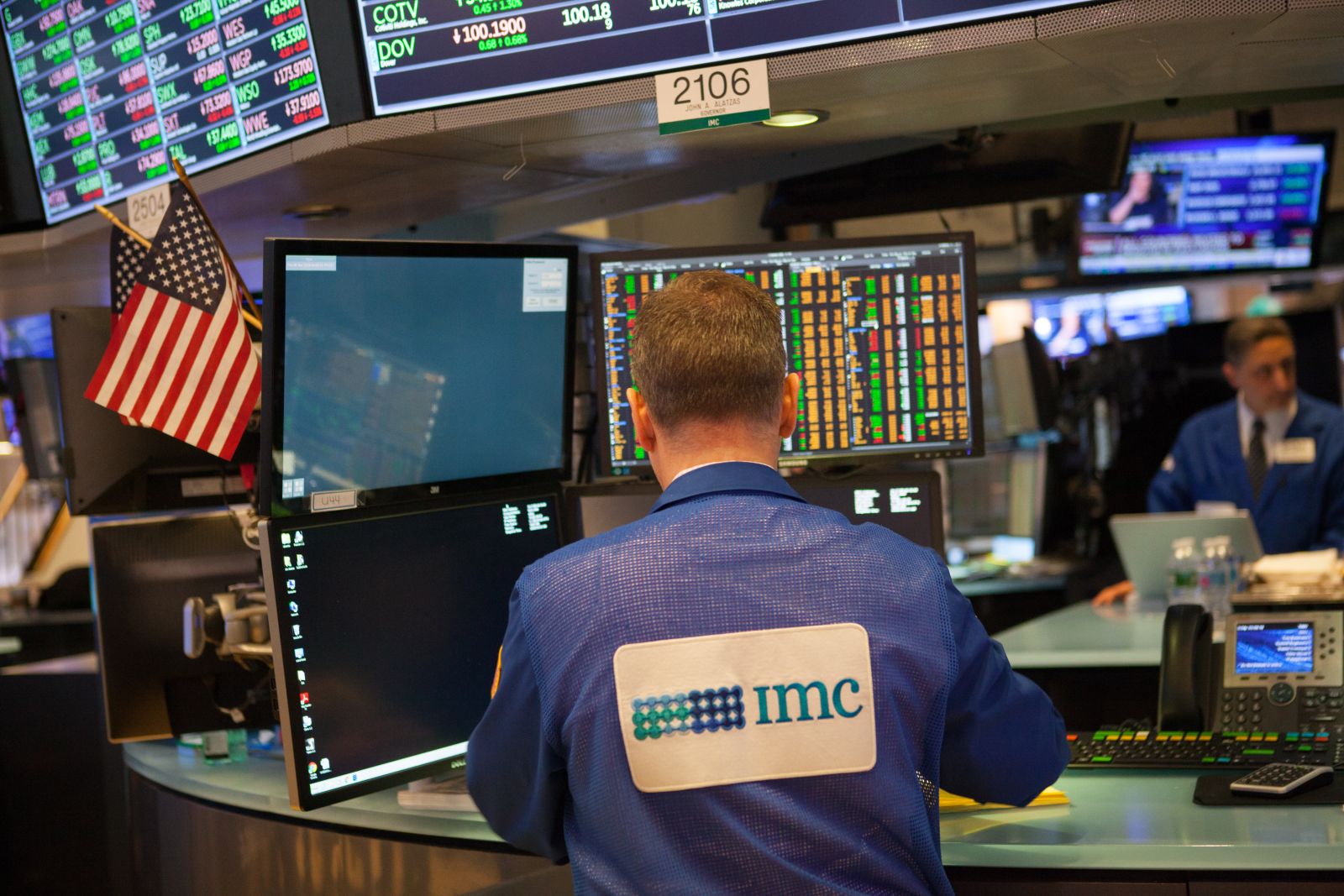/Chip%20During%20Rush%20Hour.jpg)
The $160 billion memory-chip sector is suffering from one of its worst routs due to a glut of chips sitting in warehouses, plunging customer orders, and a sharp decline in product prices. The sector has seen a sharp reversal from the pandemic sales surge, which was fueled by strong demand by shoppers outfitting home offices and buying up computers. Consumers and businesses are now holding off on big purchases as they cope with inflation and rising interest rates.
Slumping demand for memory chips is hurting chip makers and their suppliers. Almost all chipmakers are losing money on every chip they produce, with their collective operating losses projected to hit a record $5 billion this year. Memory chip inventories, a critical indicator of demand, have more than tripled to record levels, reaching three to four months worth of supply as demand craters. HMC Investment Securities said, “chip equipment companies’ sales are plunging by around 30% to 50%.”
Some chip makers are responding to the falling demand and plummeting sales. Micron Technology (MU), the last remaining U.S. memory chipmaker, said it would cut its budget for new plants and equipment in addition to reducing output. South Korea’s Hynix has also cut investments and scaled back output. In addition, Lam Research (LRCX), which counts Samsung, SK Hynix, and Micron Technology as its top customers, said it was cutting about 7% of its workforce to reduce expenses in a declining market.
Samsung Electronics and Taiwan Semiconductor Manufacturing (TSM) are holding up better than their rivals during this slump. TSMC reported better-than-expected earnings and, while acknowledging some weakness in demand, predicted it would boost revenue again this year. TSMC overtook Intel (INTC) as the leading producer of advanced chips and posted almost $13 billion more in revenue than Intel. Samsung Electronics also fared much better than its peers and promised to maintain capital spending plans while all of its rivals scaled back.
The longer-term question is when customers’ demand for memory chips will bounce back. HMC Investments said China’s recent ending of Covid-related restrictions could be one catalyst to help the industry, as gadget makers will be able to bring manufacturing plants back to a normal rhythm. “Our view is that memory will recover in the second half” of this year.
More Stock Market News from Barchart
- Stocks Under Pressure as U.S. Economic Strength May Keep the Fed Hawkish
- Options Activity Shows Things Might Start Getting Real for Fiverr (FVRR)
- Markets Today: Stocks Plunge on Weak Tech Earnings and U.S. Labor Strength
- Exxon Mobil's Stellar Earnings Lead to a Short Put Income Play
On the date of publication, Rich Asplund did not have (either directly or indirectly) positions in any of the securities mentioned in this article. All information and data in this article is solely for informational purposes. For more information please view the Barchart Disclosure Policy here.





/NVIDIA%20Corp%20logo%20on%20phone%20and%20AI%20chip-by%20Below%20the%20Sky%20via%20Shutterstock.jpg)

/Oracle%20Corp_%20logo%20on%20phone%20and%20stock%20data-by%20Rokas%20Tenys%20via%20Shutterstock.jpg)
/Green%20hydrogen%20by%20Scharfsinn%20via%20Shutterstock.jpg)